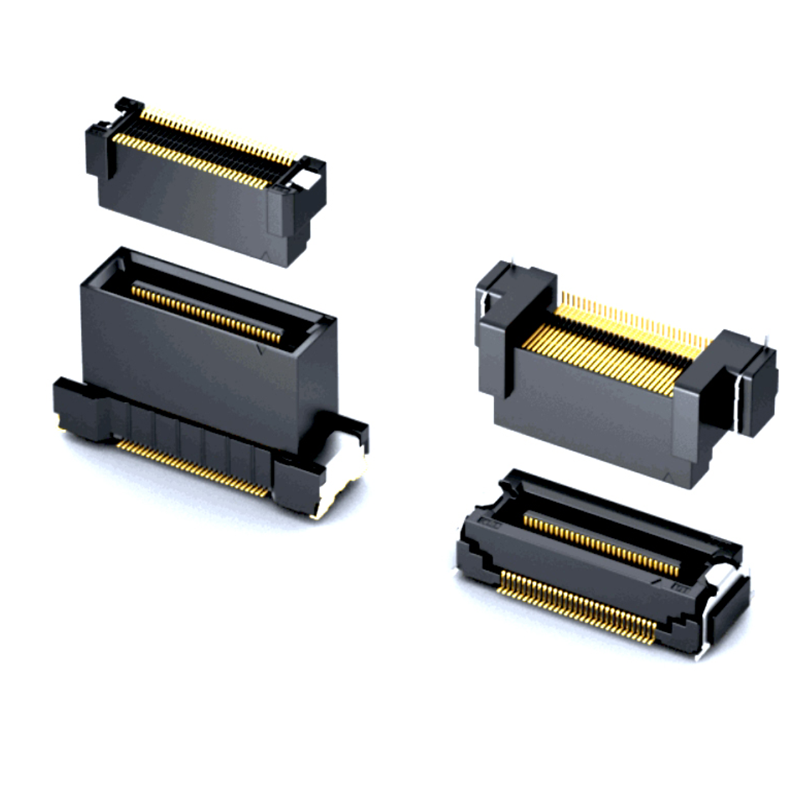What is a board-to-board connector
Basic definition of board-to-board connector
Board-to-board connectors refer to connecting different circuit boards together. Board-to-board connectors exist not only to facilitate disassembly, but also as a carrier to provide current and signals to products. It is the connector product with the strongest transmission capacity among all connector product types. It is mainly used in power systems, communication networks, financial manufacturing, elevators, industrial automation medical equipment, office equipment, home appliances, military manufacturing and other industries.
At present, the main pitches of board-to-board connectors are 0.50 mm, 0.60 mm, 0.80 mm, 1.00 mm, 1.25 mm, 1.50 mm, 2.00 mm, 2.50 mm, 2.54 mm and 3.96 mm.
Classification and characteristics of board-to-board connectors
Board-to-board connectors are divided into different types according to the different connection methods between circuit boards, and each type has its own characteristics.
Pin header/pin header
Pin and female headers, also called headers, are the cheapest and most common connection methods.
Application scenarios: low-end, large-size smart devices, development boards, debugging boards, etc.
Advantages: cheap, convenient, solid hard connection, strong overcurrent capability, convenient welding and testing
Disadvantages: Large, not easy to bend, large spacing, difficult to connect hundreds of pins (too big)
High-end board-to-board strip
It is denser than pin headers and is widely used in compact product application scenarios: it basically uses conventional smart hardware products and has a wide range of applications.

pan-
Advantages: large number of pins, small size, 1cm length can make 40 pins (the same size can only make less than 20 pins). Disadvantages: Expensive, cannot be frequently plugged and unplugged, structural design needs to be fixed 3. Thickened board-to-board connector board-to-board, board-to-wire, detachable, combination, pin row
Usage scenarios: development boards, test boards, bulky fixed equipment (such as computer chassis wiring)
Advantages: Cheap, common, used with pin headers, very convenient for connection and measurement.
Disadvantages: Large size, difficult to fix, not suitable for mass production scenarios 4. FPC connector plug
Many smart hardware devices require signals to be taken out of the motherboard. FPC is the best choice because it is flexible, small and has many shapes.
Usage scenarios: connection between motherboard and daughter board, connection between motherboard and peripherals, requiring curved wiring


